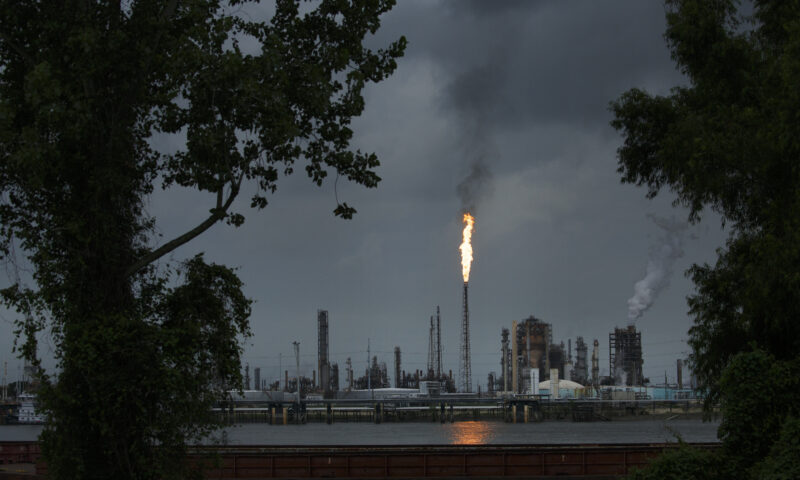
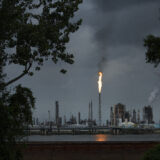
Louisiana is one the most dangerous states in the U.S. for workers. The Trump administration plans to close its lone protection unit.
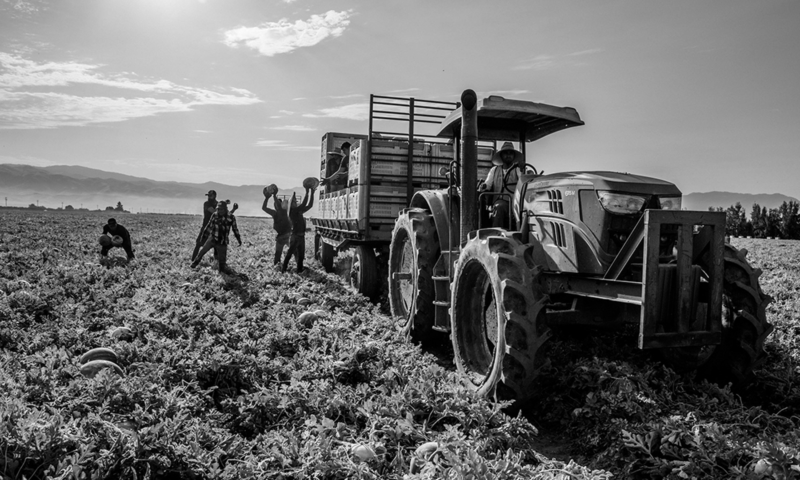
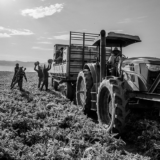
Advocates say the move could put millions of workers at higher risk of heat-related illnesses and injuries at the workplace.
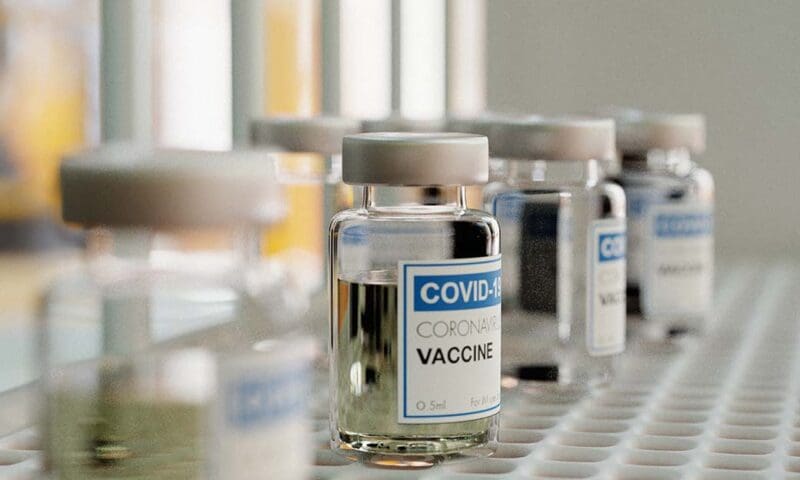

The state is waiting for a federal court case to be resolved before implementing regulations meant to prevent further deaths.

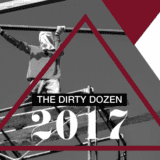
“The safety conditions in the Dirty Dozen show we need more enforcement of our safety laws, not less,” says former OSHA official Jordan Barab. He describes proposed federal OSHA budget cuts under the Trump administration as “penny-wise and pound-foolish” for workers and taxpayers.
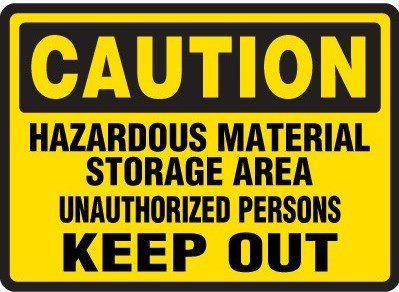
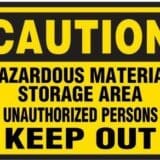
The horrific collapse of a Bangladeshi garment factory has sparked appropriate global outrage, with advocates, pundits and politicians calling for tougher laws to protect exploited workers in Third World countries. Yet this tragedy, like many before it, seems far removed from the reality of the American workplace.
It isn’t nearly as remote as we might think — a fact eerily underscored by the deadly fertilizer plant fire in Texas that preceded the Bangladeshi catastrophe.
While the surreal quality of the Texas disaster was somewhat unique, the deaths and injuries caused by it were not. Every year thousands of American workers die on the job, and hundreds of thousands are injured.
The reason? Lax worker safety laws, and weak enforcement of those that do exist. Another way of putting it is that we are letting men and women die simply by failing to afford them basic protections.
It was a gruesome factory accident —